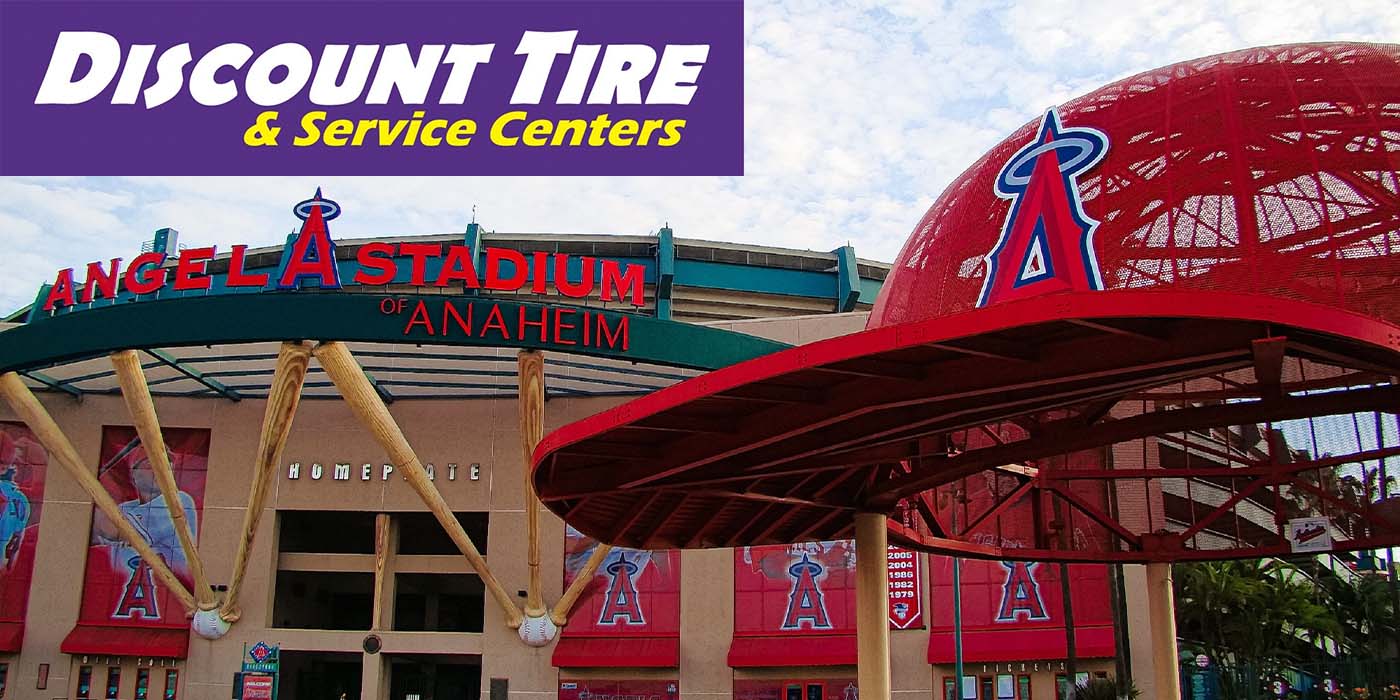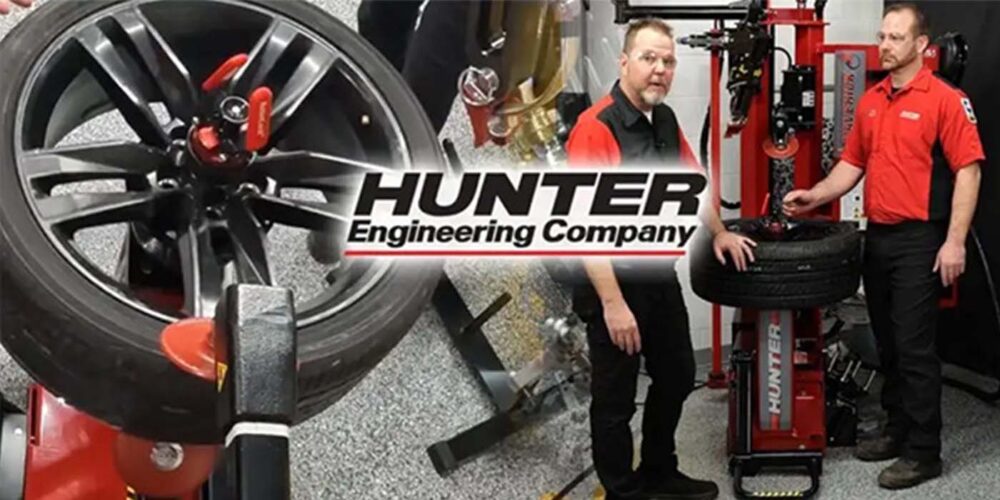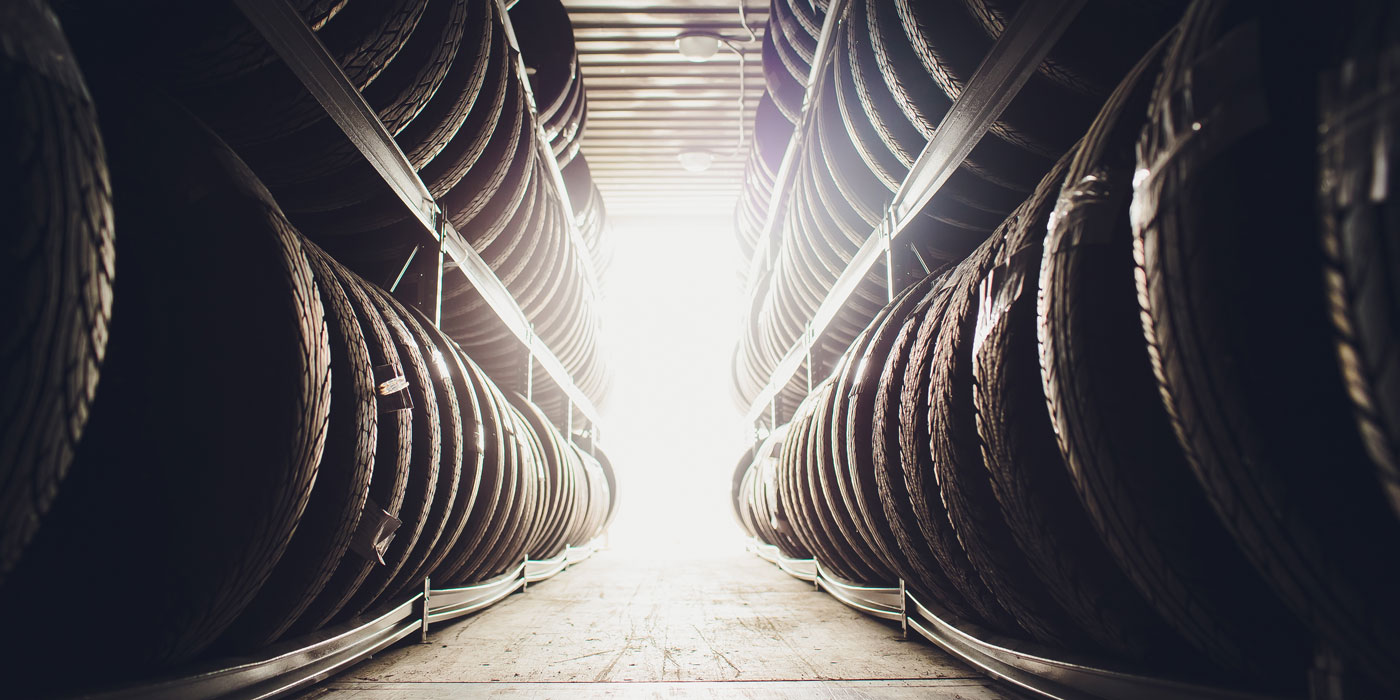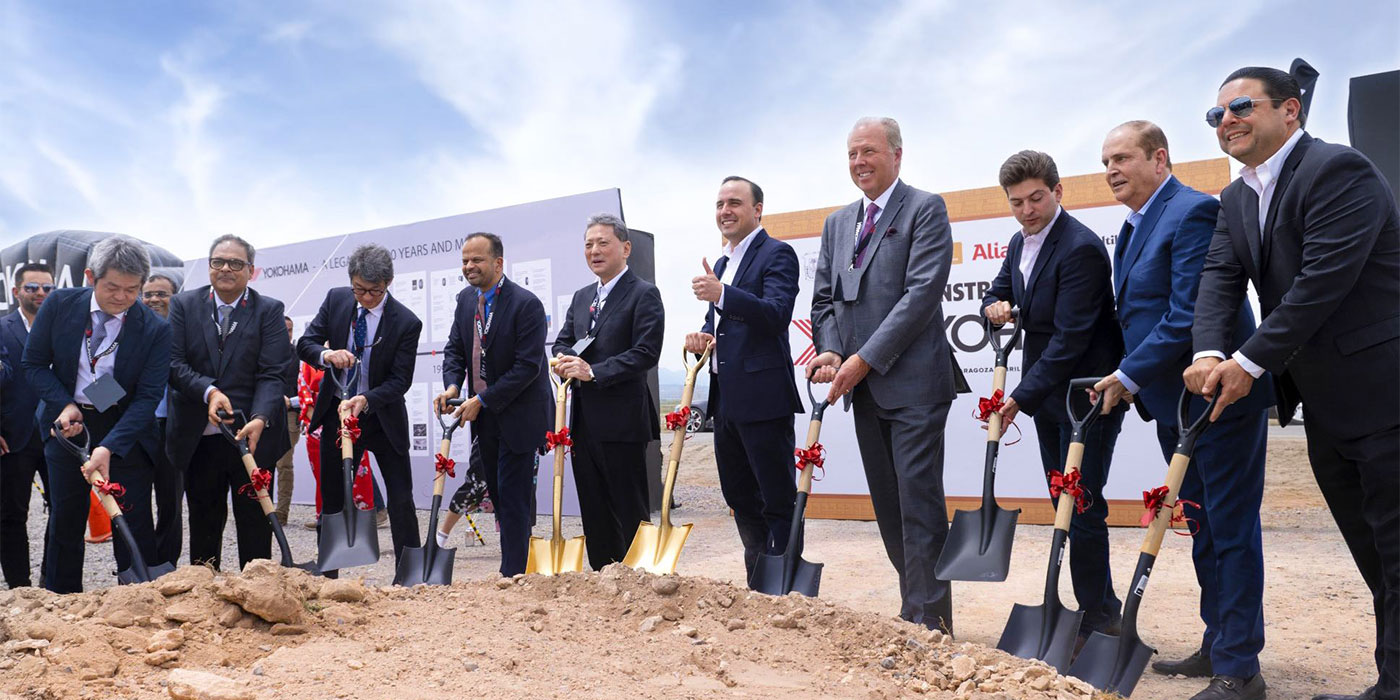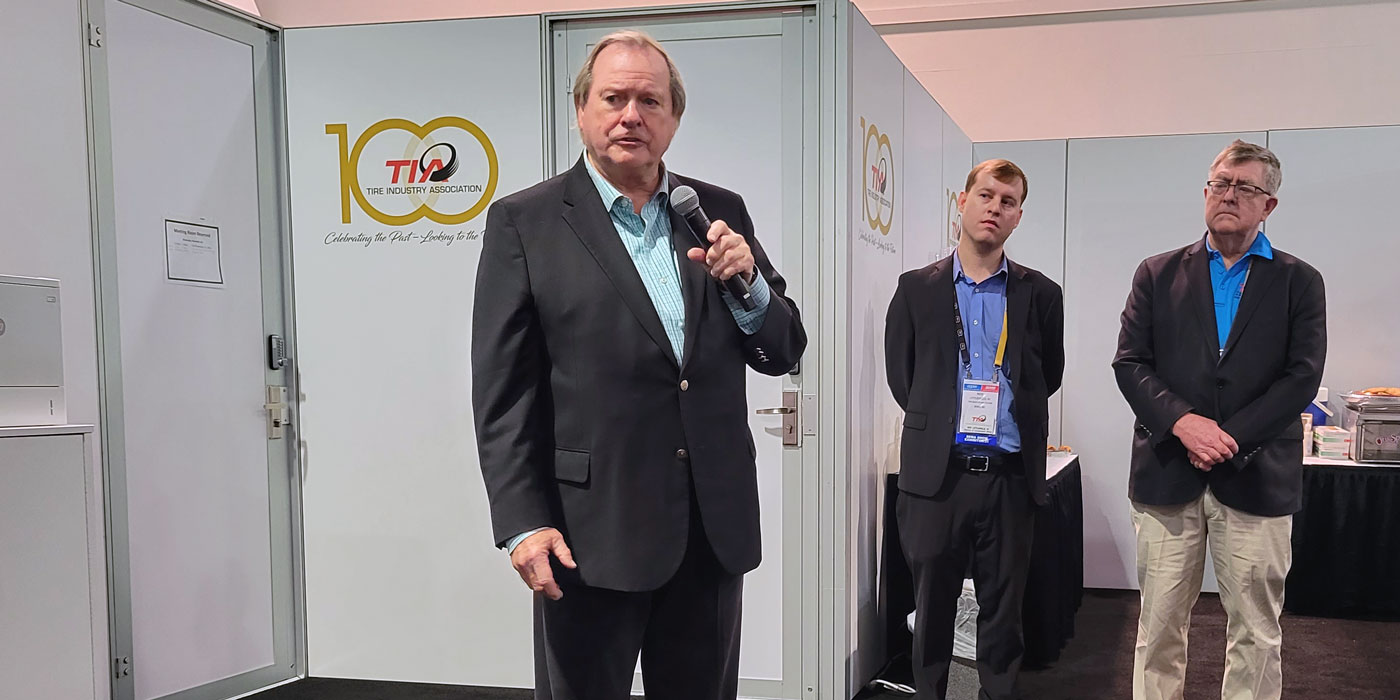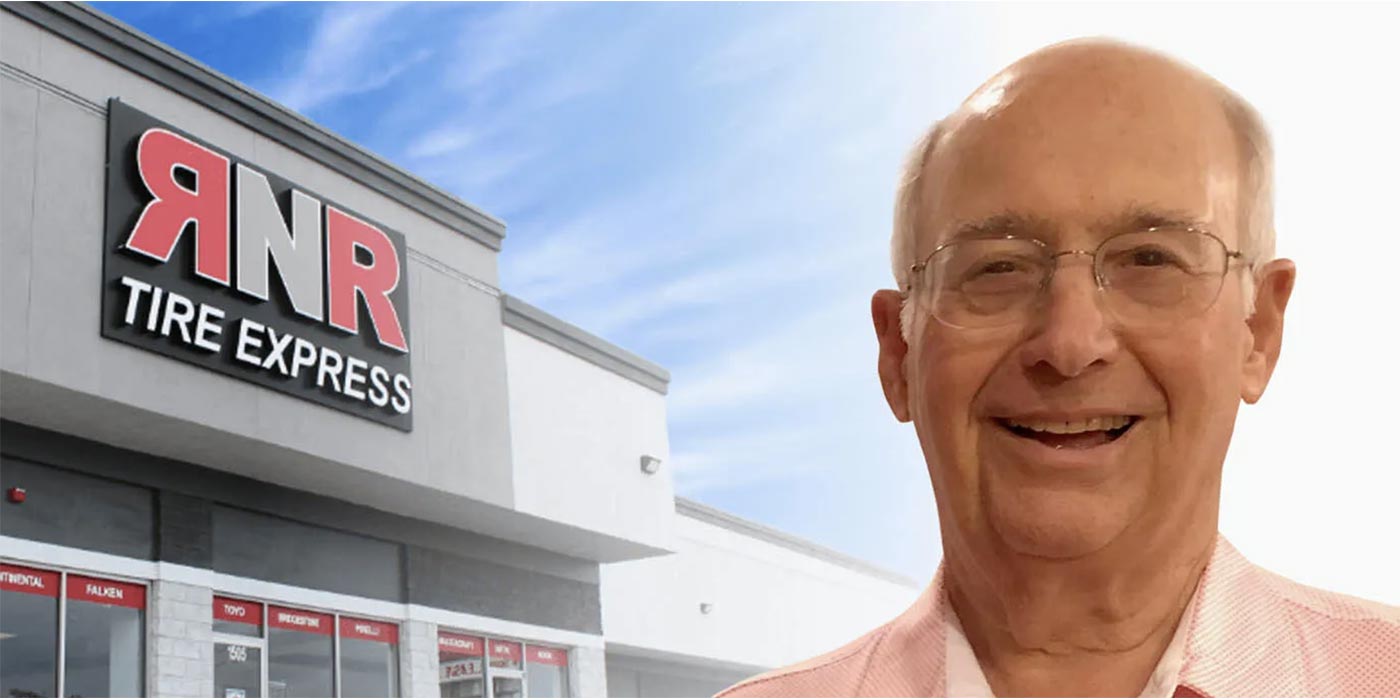The company’s sales and marketing manager David Wright made these comments in a company press release, adding that under-inflated tyres can have a significant impact on the performance of commercial vehicles, negatively affecting safety, steering balance, braking ability and ride characteristics. These problems, he warns, can ultimately lead to rising operating costs for fleet operators, with problems such as excessive wear, premature tyre replacement and even decreased fuel efficiency.
Statistics released by the RAC Foundation for Motoring indicate that 20% under-inflation of a tyre increases wear by 25%, reduces tyre life by 30 per cent, and can result in a 3% increase in fuel consumption. The risk in terms of safety were outlined in a study by the vehicle maker Renault in 2003, which showed that 6% of all fatal motorway accidents in France were caused sudden tyre failure resulting from under-inflated tyres or a slow puncture.
Most road tyres are currently filled with compressed air, which is comprised of 21% oxygen and 78% nitrogen, with the addition of trace gases such as helium and water vapour. Parker Hannifin sees this method of inflation as one that is fundamentally problematic, as a tyre is effectively a membrane through which oxygen can diffuse. Therefore, filling a tyre with air can lead to premature deflation, no matter how well it is constructed or sealed at the rim.
Nitrogen molecules, being of a different size, diffuse less easily through a tyre than oxygen molecules. This enables nitrogen-filled tyres to remain at a constant pressure. Parker Hannifin report that if the oxygen concentration in each tyre on a vehicle is reduced to 6.5% by introducing nitrogen, its partial pressure can be equalised to that of ambient air, thereby eliminating the force that would otherwise drive air through the tyre wall. As a result, tyres filled with nitrogen remain at constant pressures and, under normal conditions, only require inspection at standard vehicle service intervals.
Nitrogen-filled tyres are a familiar part of the aviation and motorsport arenas, but until recently, it has not been cost effective for commercial vehicle operators to consider this option. However Parker Hannifin believes that the latest generation technology, such as the TyreSaver range, overcomes this obstacle by utlising hollow fibre membranes to split a concentrated air supply into two separate streams of nitrogen and oxygen. This removes the need to have large nitrogen storage tanks on-site, a requirement that is not viable for the majority of fleet operators.
Parker Hannifin quotes the dimensions of its nitrogen generation devices as being ‘extremely compact’ and adds that they can be quickly installed and used virtually anywhere. Furthermore, the latest systems require significantly less air pressure than many previous methods of nitrogen separation, eliminating the need for expensive compressor upgrades or heaters – a bonus in terms of purchase and maintenance costs.
The company reports that nitrogen generation technology such as the TyreSaver range is gaining popularity in parts of Europe as well as the USA, with a number of leading tyre manufacturers and independent motoring organisations endorsing the technology.




